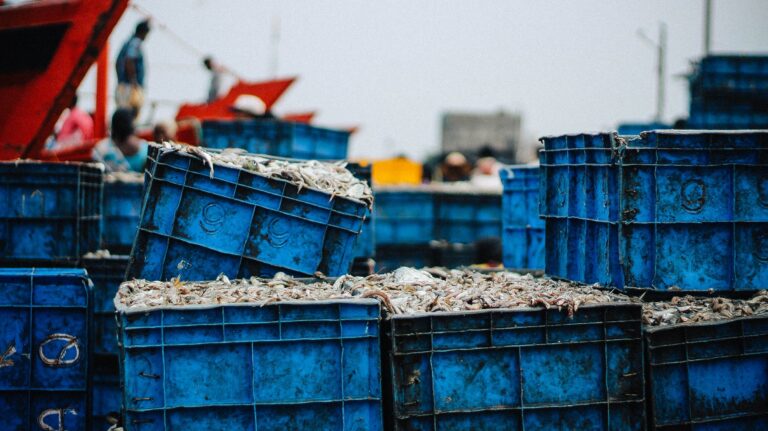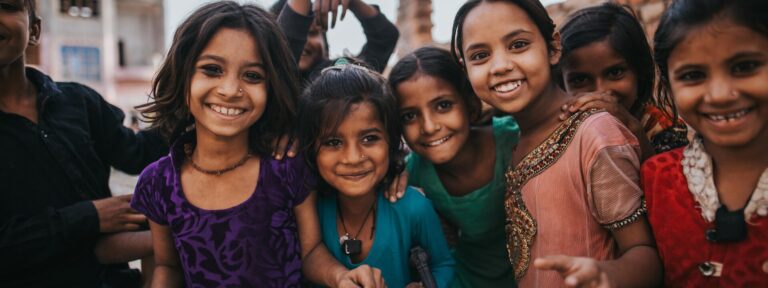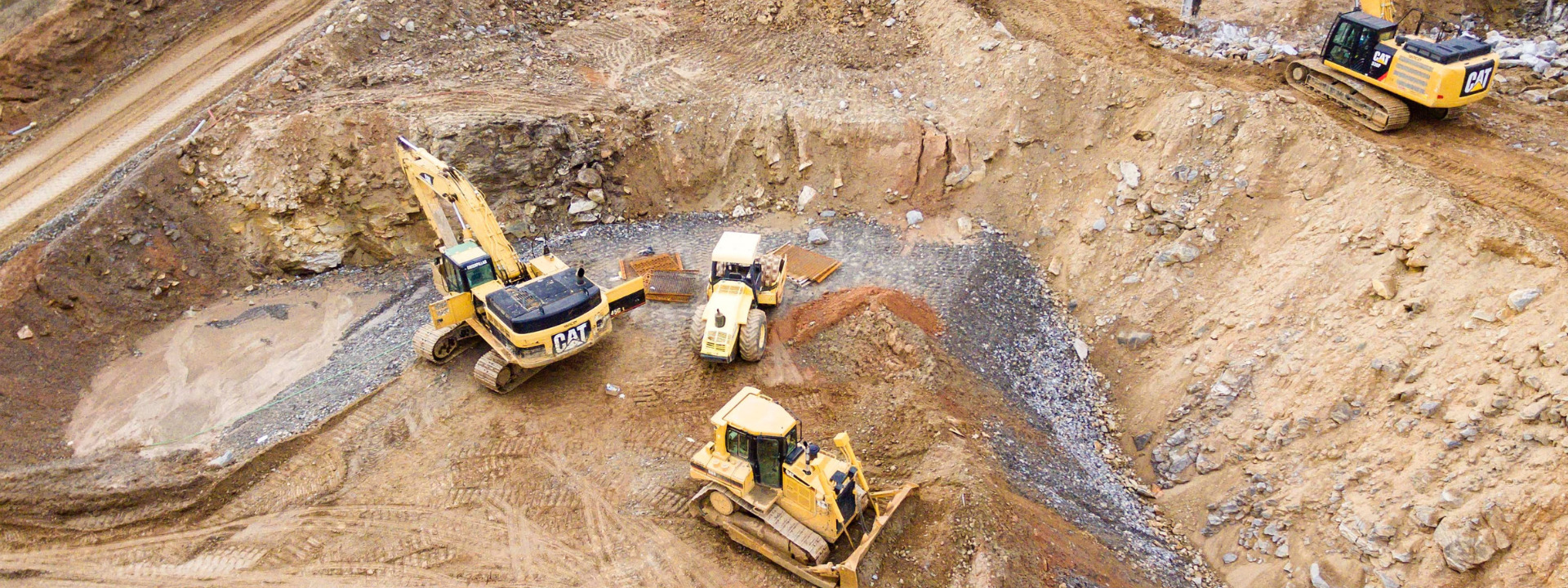
Population and consumption causing extinction crisis and water shortage
The latest Global Resources Outlook report by the United Nations Environment Programme shows that humanity is now using three times as many natural resources as during the 1970’s, resulting in species loss and water shortage.
The report found that the countries with by far the greatest impact are those that combine a large population with a high degree of consumption. Contrary to popular belief, the richest countries with the smallest populations were found to be only marginally more responsible for global biodiversity loss and water stress than the poorest countries, which have just under a quarter of the world’s population.
The authors tracked use of biological resources (e.g. crops, wood), metals, fossil fuels, and non-metallic minerals (e.g. sand, gravel) over the past five decades and found global extraction reached 92 billion tonnes in 2017, up from 27 in 1970, and is expected to reach 190 billion in 2060.
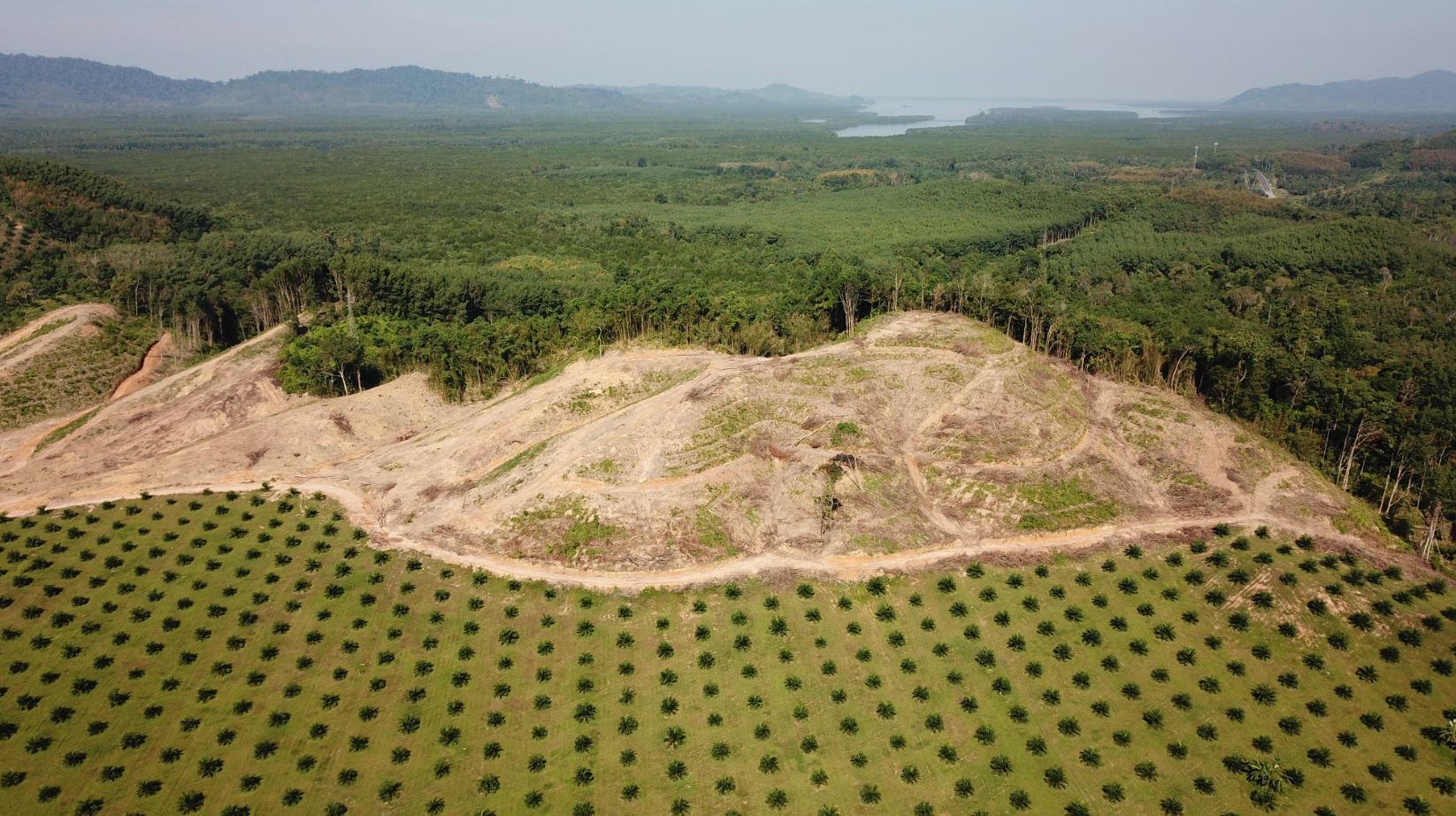
Biodiversity loss and water scarcity
Since the 1970s, human population has doubled and global GDP has quadrupled. The report states that 90% of water stress and biodiversity loss, as well as half of climate change impacts are attributable to the extraction and processing of natural resources.
Agriculture, for example, uses approximately 80% of the world’s extracted freshwater, emits a third of global greenhouse gases, and is responsible for large-scale habitat destruction.
The authors found that globally, up to the year 2000, population growth was the strongest driver of increased resource extraction. From 2000 onwards, increasing affluence overtook population as the biggest driver, except for in Africa and West Asia, where rapid population increase remains the biggest cause.
Worst combination: large population + high consumption
Countries with the highest human development index (HDI) – only 6% of the global population but owning half the world’s GDP – are responsible for 11% of biodiversity loss and 8% of water scarcity. The world’s least developed countries, with under a quarter of the world’s population and where irrigation is not common, bear less than 5% responsibility for water shortage and biodiversity loss.
The biggest culprits are regions with a moderate development score which together hold two thirds of the global population and essentially the entire other half of global GDP. These countries are responsible for over 80% of global biodiversity loss and water shortage attributable to resource use.
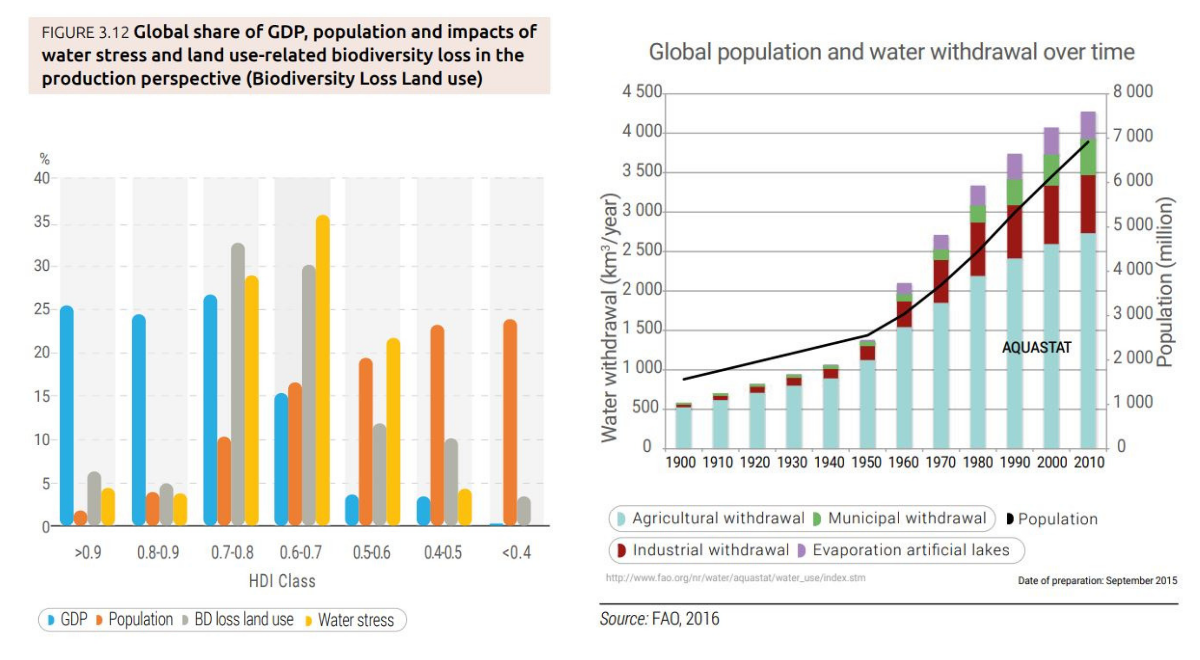
Accommodating ‘growth at all costs’
In the usual style of international reports for policy-makers, the 2019 Global Resources Outlook fails to recommend action on population, despite proving that it is as important as economic growth in driving biodiversity loss and water shortage.
The report explicitly states that it attempts to “assess the degree to which societies would need to improve the efficiency of material use” to “offset” the large expected growth in both global population and GDP by 2060. Rapid growth is treated as a given, rather than something that must be avoided.
In the same vein as similar recent key publications, it calls for an “ambitious suite of actions”, including not-currently-available technofixes (e.g. carbon capture and storage), large-scale societal shifts (the global adoption of a plant-based diet) and sweeping policy changes (e.g. carbon taxes).
Instead of breaking our heads over how to enable continuous growth on a finite planet, we must urgently implement the straightforward and much neglected solutions that will enable everyone to have a better quality of life within the Earth’s limits.

